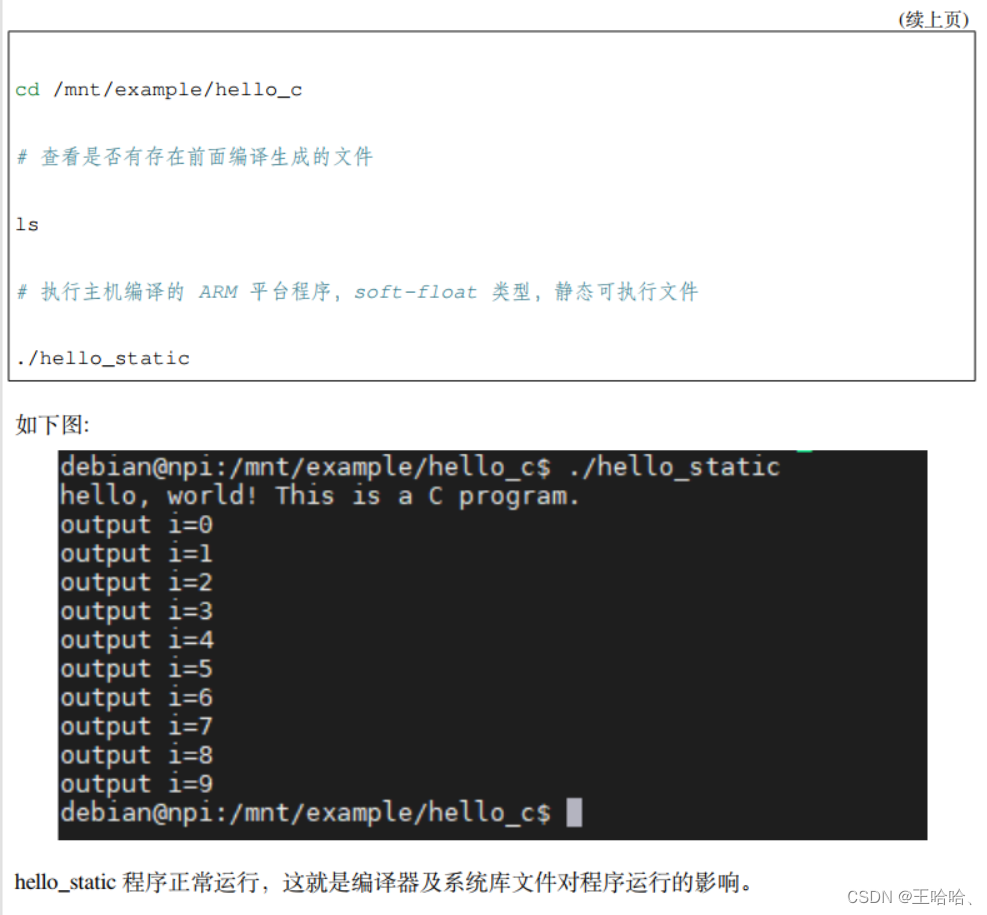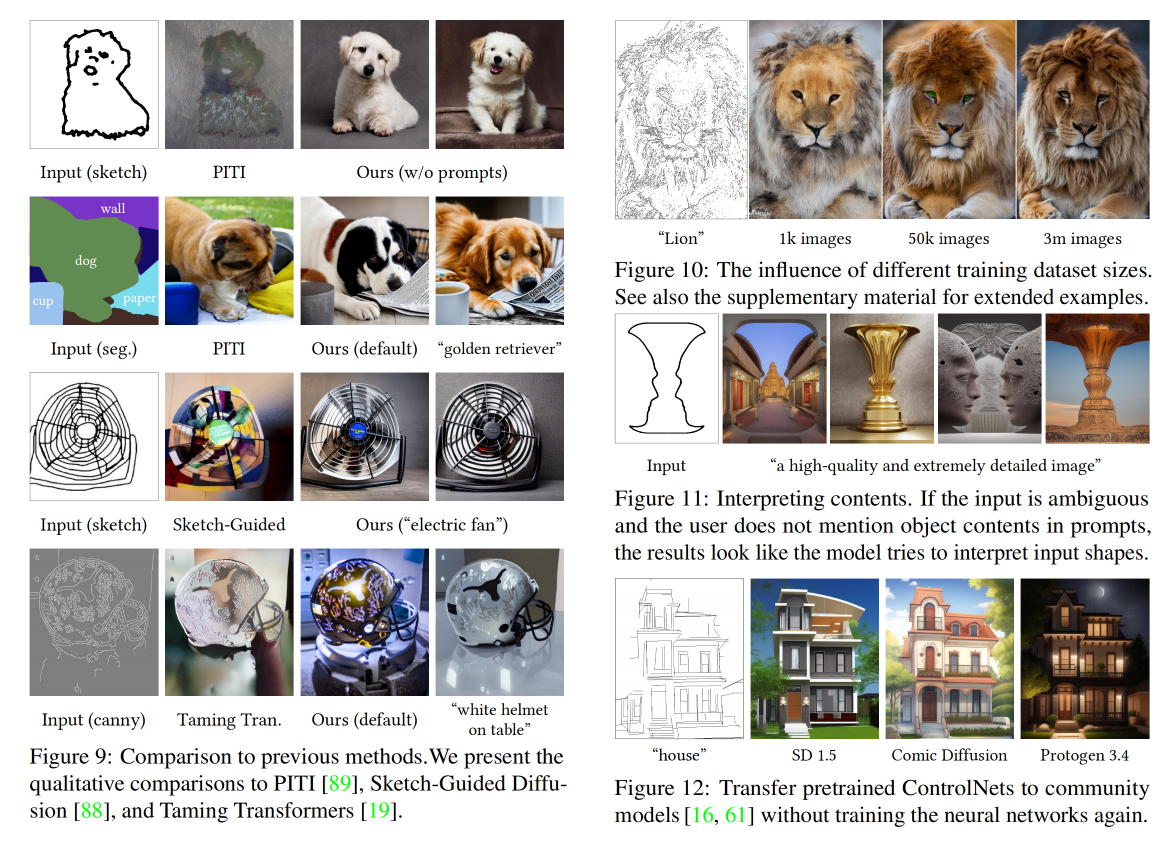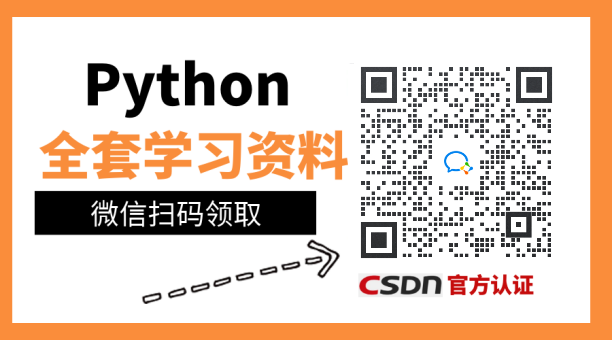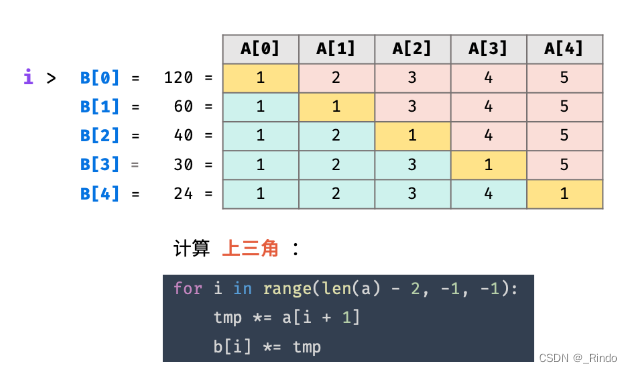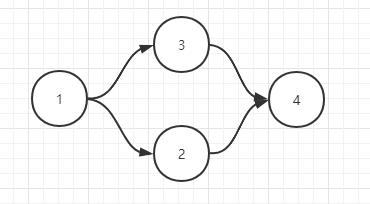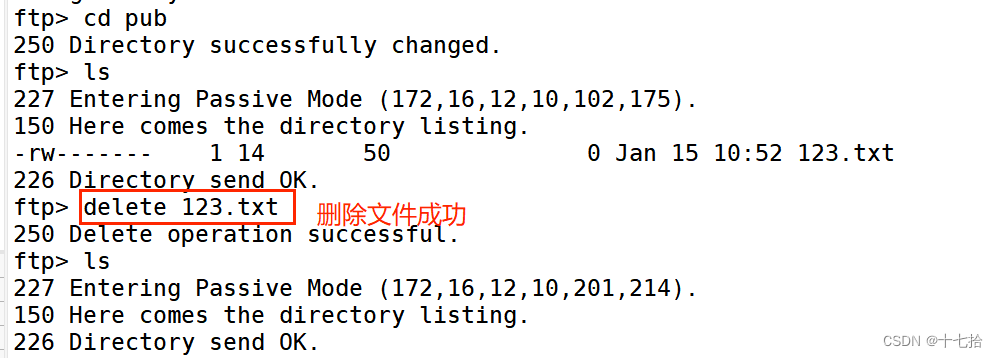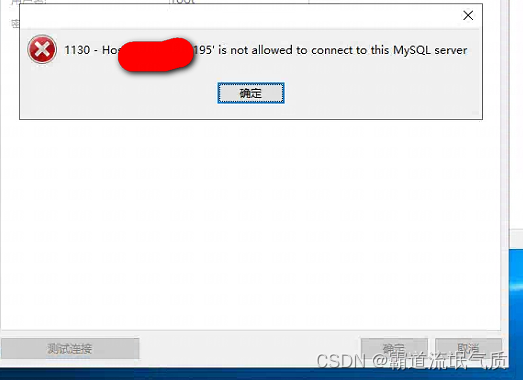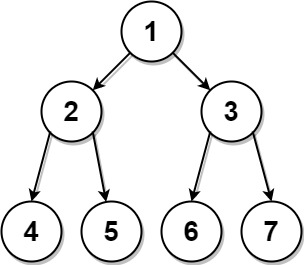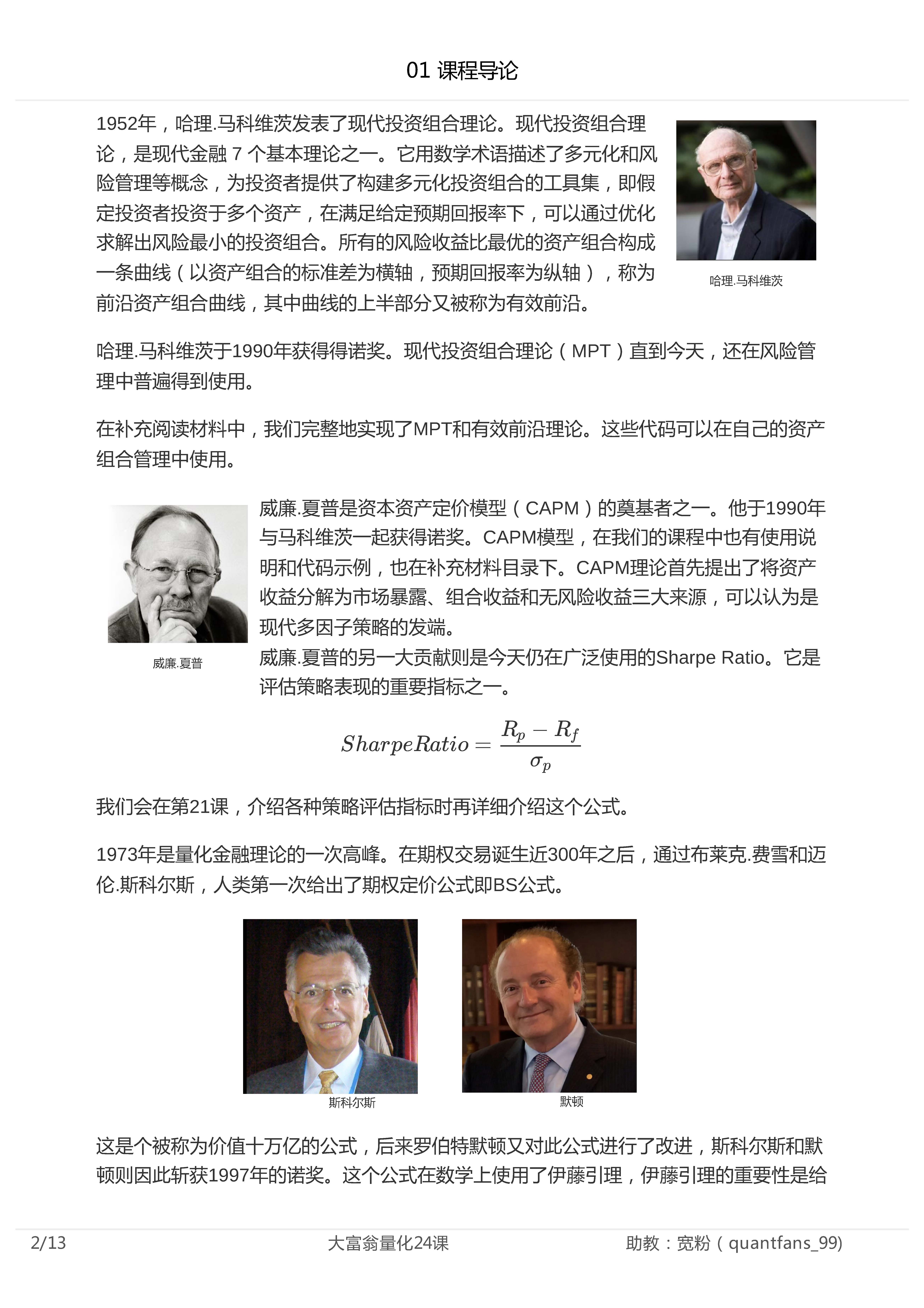抽象类
抽象类是不允许被实例化的,只能被继承
abstract class Animal {
}
let animal = new Animal(); // 错误: 不能创建一个抽象类的实例
class Dog {
constructor(name: string) {
this.name = name;
}
name: string;
run() {}
}
let dog = new Dog('Tom');
抽象类的好处就是可以抽离出一些事物的共性,有利于代码的复用和扩展,另外抽象类也可以实现多态。
多态
所谓多态,就是在父类中定义一个抽象方法,在多个子类中对这个方法有不同的实现,在程序运行的时候,会根据不同对象执行不同的操作,这样就是实现了运行时的绑定。
abstract class Animal {
// 方法复用
eat() {
console.log('Animal is eating');
}
// 不指定方法具体实现,构成一个抽象方法
abstract sleep(): void;
}
// let animal = new Animal(); // 错误: 不能创建一个抽象类的实例
class Dog extends Animal {
constructor(name: string) {
super(); // 调用父类的构造函数
this.name = name;
}
name: string;
run() {}
sleep() {
console.log('Dog is sleeping');
} // 实现抽象方法
}
let dog = new Dog('Tom');
dog.eat(); // 输出: Animal is eating
class Cat extends Animal {
sleep() {
console.log('Cat is sleeping');
} // 实现抽象方法
}
let cat = new Cat();
let animals: Animal[] = [dog, cat];
animals.forEach(a => a.sleep()); // 输出: Dog is sleeping, Cat is sleeping

this 类型
类的成员方法可以直接返回一个 this,这样就可以很方便的实现链式调用。
class WorkFlow {
step1() {
return this;
}
step2() {
return this;
}
}
new WorkFlow().step1().step2(); // 链式调用
在继承的时候,this 的类型也可以表现出多态,这里的多态是指 this 既可以是父类型,也可以是子类型。
class WorkFlow {
step1() {
return this;
}
step2() {
return this;
}
}
new WorkFlow().step1().step2(); // 链式调用
class MyFlow extends WorkFlow{
next() {
return this;
}
}
new MyFlow().next().step1().next().step2();
